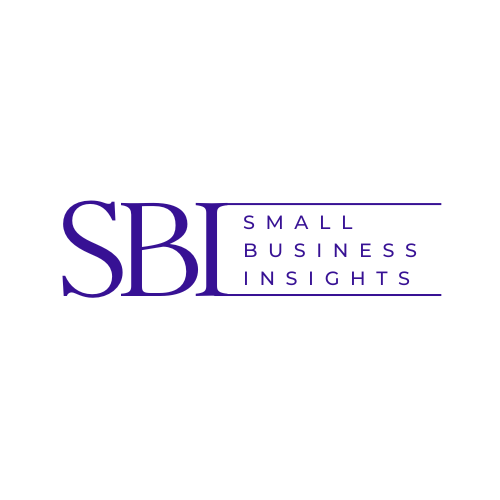Protect the Future of Your Small Business
Today’s headlines bring more dire news and fear escalates around bank failures. As a small business owner, it’s essential to follow the latest developments. Two US banks have failed in the last week and it’s important to understand how this could affect your small business.
What does it mean when a bank fails?
The simple definition is the bank can no longer meet its financial obligations. Banks can be forced to close by federal or state regulators when they are unable to meet their commitments to depositors or creditors. Once a bank has been closed by regulators, the FDIC will intervene to protect depositors.
The FDIC was created from the Emergency Banking Act of 1933 to provide economic stability to the banking system. The need for the FDIC arose from the financial instability created by the 1929 stock market crash. When a bank fails, the FDIC will take over and cover deposits up to $250,000 per depositor for checking and savings accounts and certificates of deposit.
What happens if your bank fails?
If the bank your small business uses were to fail, there might be a delay in accessing your money. Once the FDIC steps in, they will work as quickly as possible to transfer insured deposits to a different bank. However, you should be prepared to wait several days or potentially weeks. If your small business relies heavily on cash flow to operate, this presents a challenge.
The credit your small business uses could also be negatively impacted by a bank failure. Other lenders may not be willing to lend money until your deposits have been fully insured and become available. Not having money or credit readily available can quickly impact paying bills and meeting payroll.
How do you protect your small business?
Fortunately, bank failures are rare, and the FDIC does a good job protecting depositors. But it is always a good idea to plan ahead and take steps to protect your small business bank accounts. Here are some simple ideas to minimize risk to your small business cash flow:
- Have more than one account at a single bank. Use at least two or more banks to keep your deposits fully insured. This will also help minimize the risk of not having access to cash if one of the banks would fail.
- Become knowledgeable about the financial health of the banks your small business uses. Red flags to watch out for include declining profits or increased levels of bad debt.
- Think about obtaining a line of credit with a lender separate from the banks used for your operating accounts. A line of credit to use in emergencies can help ease cash flow pressure if one of your banks would fail.
- Frequently monitor your bank account balances to keep each account under the $250,000 FDIC insured threshold.
Don’t Panic. Plan Ahead.
The recent bank failures have caused great concern about the future of the worldwide economy. Follow the steps outlined above to help prepare your small business for any financial uncertainties out of your control. Speak with your financial advisor or accountant about the best opportunities available today to safeguard your cash flow.
